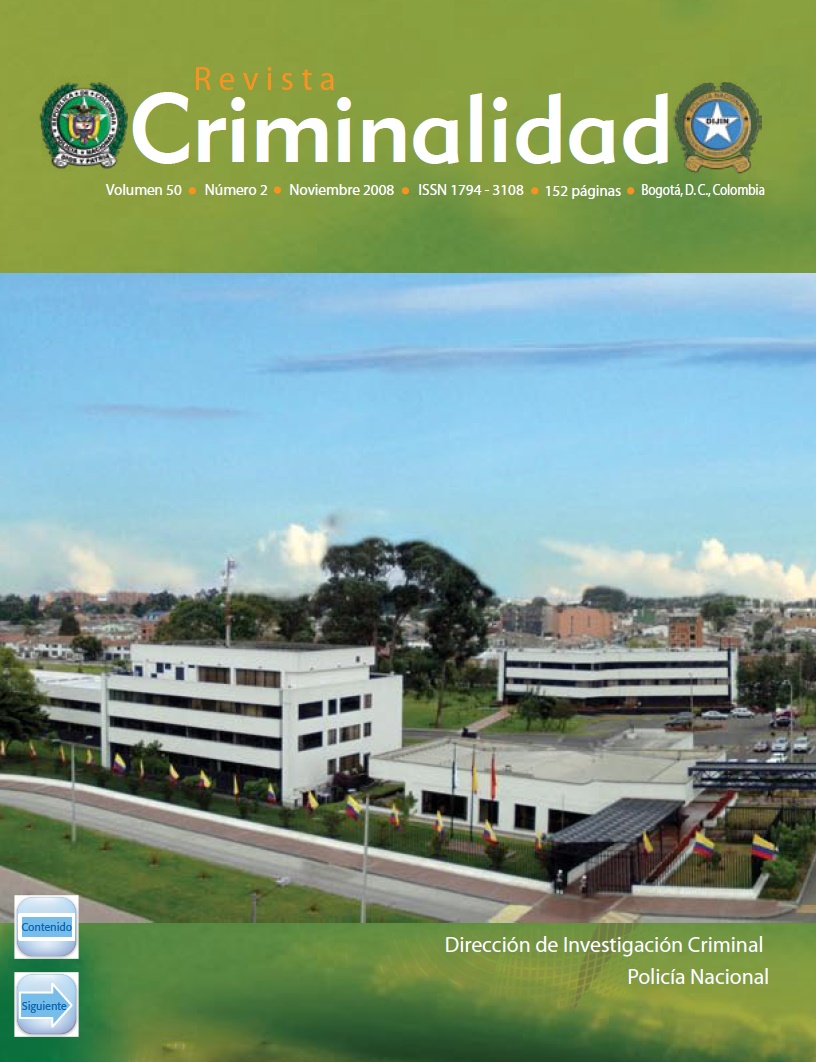The Financial Profile: A strategy to detect asset laundering
Keywords:
suspect, protection to the economy, customer, asset laundering, penal typeAbstract
This paper describes the way financial institutions and other economic sectors generate customer profiles as a tool to prevent and detect asset laundering. The process consists of gathering customer information along with their financial history in order to set profiles that - together with the features of each transaction and in accordance with what one expects from each group of customers - makes a comparison between the former and real and everyday transactions.
These means lie on statistical tools and data mining that allow us to forecast customer behavior based on their socioeconomic and demographic characteristics.
Detection of out-of-the-common transactions is not enough to prevent and detect asset laundering since it is necessary to commence a scientific-type investigation stage that includes financial institutions’ hypotheses, as they hold a key role in setting procedures to take.
From a technological point of view, the tools that support this task may be divided into two groups according to their main function: knowledge generation and alert generation.
Downloads
References
Dorrington P. (2003). Detecting & Eliminating the Risk of Fraud. Head of Fraud Solutions. UK & Ireland.
Florida International Bankers Association (2007). Manual de Inspección de Antilavado de Dinero / Ley de Secreto Bancario.
Mena Jesús. (2003). Investigative Data Mining for Security and Criminal Detection. Newton, MA: ButterworthHeinemann.
Merchán Gutiérrez, L. (2008). SARLAFT práctico: Guía para la gestión del riesgo de lavado de activos y financiación del terrorismo, Bogotá, D.C.
Picón. Varela, E. & Levy (2004). Segmentación de mercados: aspectos estratégicos y metodológicos. Madrid: Prentice Hall.
Santamaría Ruiz, W. Técnicas de minería de datos aplicadas en la detección de fraude: estado del arte. Bogotá, D. C.: Universidad Nacional de Colombia
United State Congress (1995). Office of Technology Assesment. Information Technologies for Control of Money Laundering. OTA-ITC- 630. Washington, DC: US Government Printing Office. República de Colombia, Corte Constitucional. (2005). Sentencia C-851. Bogotá, D.C.: Magistrado Manuel José Espinosa.
República de Colombia, Superintendencia Financiera. (2008). Circular 026. Bogotá, D.C. República de Colombia, Unidad Administrativa Especial de Información Análisis Financiero. (2005). Señales de Alerta. Bogotá, D.C.
Downloads
Published
How to Cite
Issue
Section
License
Copyright (c) 2023 Revista Criminalidad

This work is licensed under a Creative Commons Attribution-NonCommercial-NoDerivatives 4.0 International License.
Licencia creative commons CC BY NC ND https://creativecommons.org/licenses/by-nc-nd/2.0/














